

 |
 |
Action Log
|
|
Initial Posting November 3, 2003 |
Update August 2004 Update November 2007 |
American Elm Tree Monitoring Results |
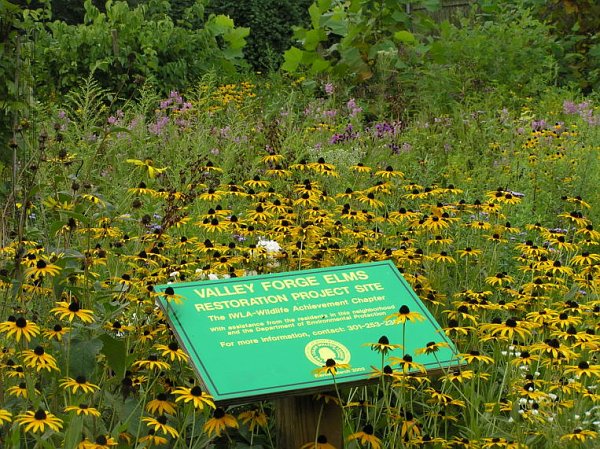
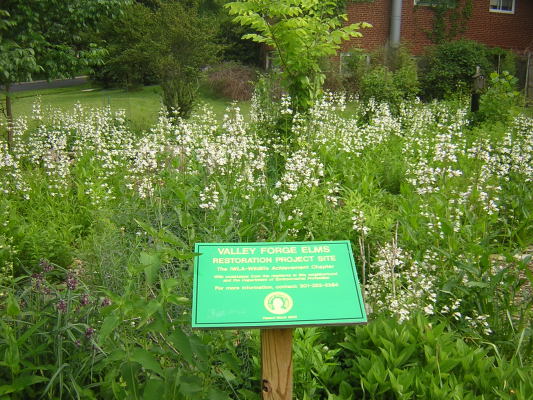
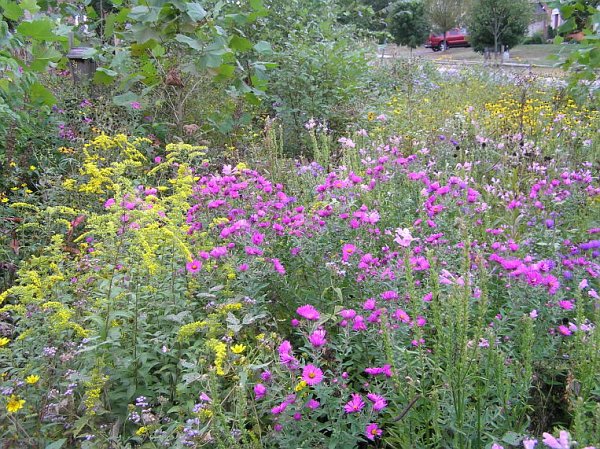
In 2005 the American Elm Park was a tapestry of color from spring through fall. In the spring the snow white Penstemon digitalis (foxglove beardtongue) bloomed elegantly for weeks. The white blooms gradually gave way to the yellow Rudbeckia flowers interspersed with blue mist flowers, red Monarda didyma (bee balm, lavender monarda fistulosum, and mauve swamp milkweed. The fall show of bright yellow Showy bidens was tempered by the purple of New York Ironflower and later New England asters in showy pinks, violets and deep purples. Obedient plant contributed a deep elegant pink. Yellow, black, and orange filled the air as a whirl wind of butterflies and bees feasted on flower nectar. A neighbor who takes her grandson to the park said she felt like telling the butterflies to calm down since they were so frenetic! There have also been a lot of Monarch butterflies, caterpillars and the celadon green chrysalises! The survival of the caterpillars to become butterflies may be enhanced by the abundance of natural cover to hide from birds. Birds are also frequent visitors, in particular colorful and noisy goldfinches.
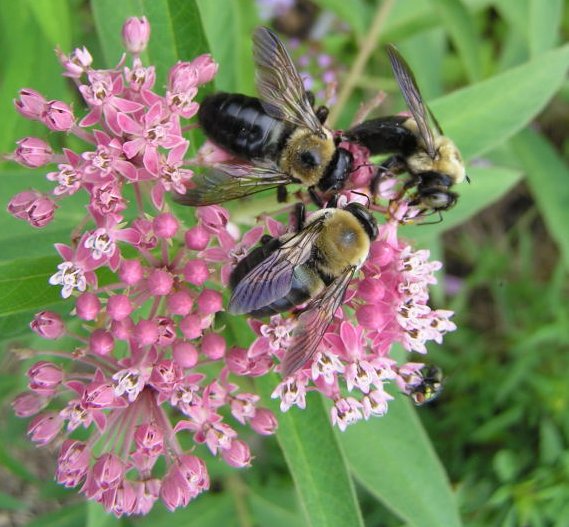
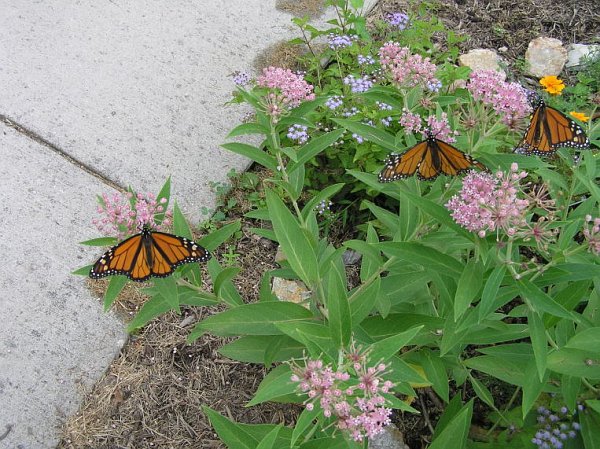
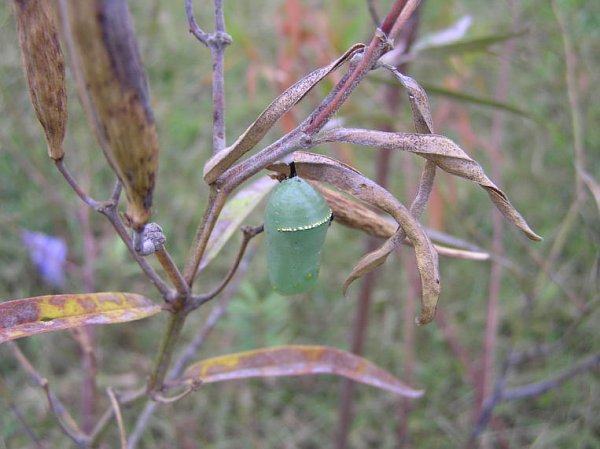
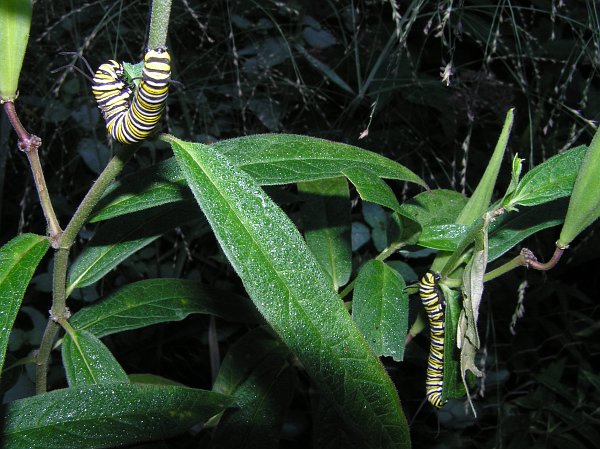
To keep the park weed free was easier than in previous years with the help of community volunteers and because of the spread of the desirable native plants. Fox tail grass used to be the main plant but is almost gone. Clover is still a constant struggle and Japanese stilt grass sneaks in wherever it can. We postponed weeding in early spring to focus on installing the new rain garden at Eastern Middle School. When we finally started the weeding at the park, we found that clover had spread and entrenched it self throughout. After struggling over a few weekends, the gardens were finally cleared of most of the clover. In addition to weeding, this year we had an abundance of Showy Bidens, Swamp Milkflower, Blue mist flower and other plants which also seeded into the paths we are trying to maintain through the site. We saved most of them: American Elm Park is becoming a source of plants for many other projects. Over the summer we transplanted hundreds of native plants and trees to gardens around the area.
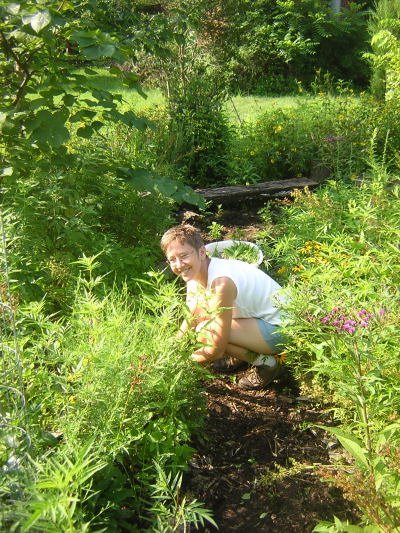
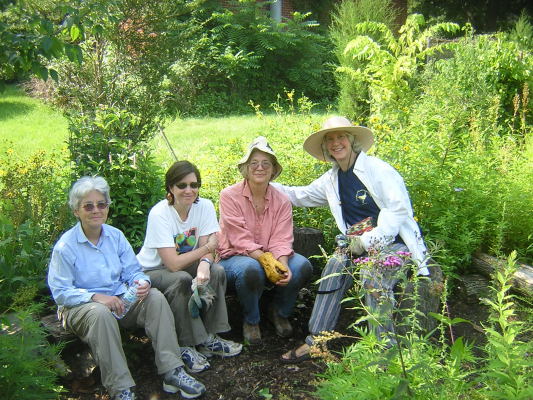
The park's rain garden was the subject of an article on rain gardens in the Sept./Oct. issue of the Washington Gardener magazine.
The American Elm Park has been an inspiration to many including the family across the street from the park. They began removing lawn and replacing it with native gardens. This was done in part to address the stormwater runoff from the adjacent neighbors' yards.
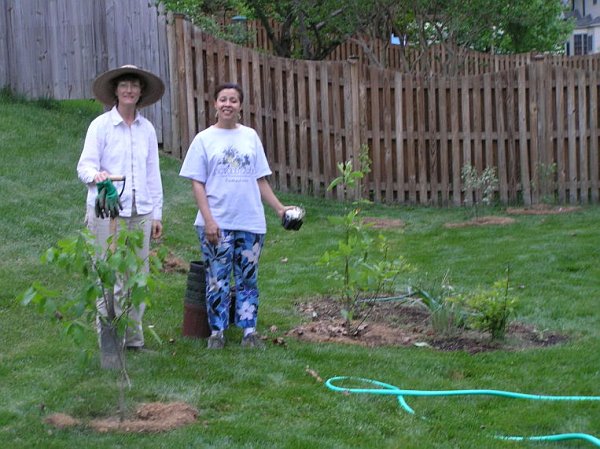
|
Kathy Michels with the Elm in 2004
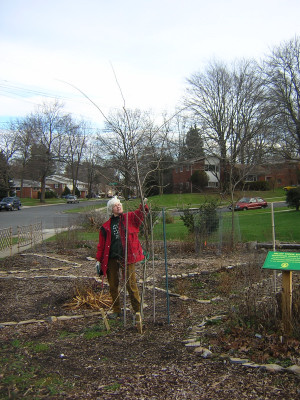
|
Kathy Michels with the Elm in 2005
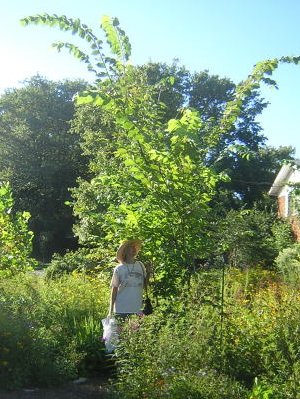
|